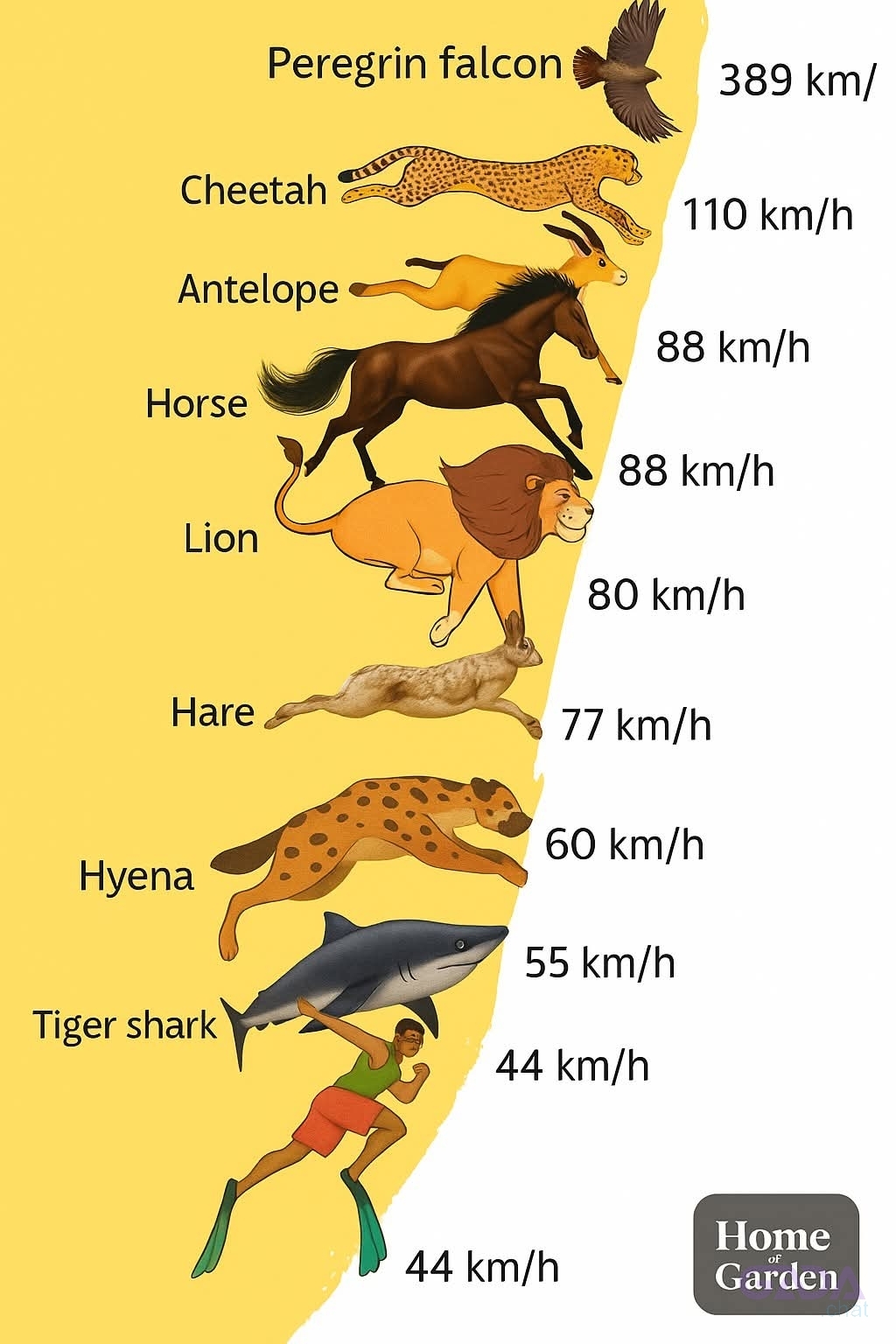*THE RESTORER'S DAILY GUIDE*
DATE: THURSDAY 3RD JULY 2025
THEME: *PURSUE GENERATIONAL RELEVANCE.*
MEMORISE
Psalms 125:1
They that trust in the LORD shall be as mount Zion, which cannot be removed, but abideth forever.
READ
Genesis 17:1-2, 7-9
And when Abram was ninety years old and nine, the LORD appeared to Abram, and said unto him, I am the Almighty God; walk before me, and be thou perfect.
And I will make my covenant between me and thee, and will multiply thee exceedingly.
And I will establish my covenant between me and thee and thy seed after thee in their generations for an everlasting covenant, to be a God unto thee, and to thy seed after thee.
And I will give unto thee, and to thy seed after thee, the land wherein thou art a stranger, all the land of Canaan, for an everlasting possession; and I will be their God.
And God said unto Abraham, Thou shalt keep my covenant therefore, thou, and thy seed after thee in their generations.
THOUGHT FOR THE DAY
*The only people God remembers are those who walk closely with Him.*
MESSAGE
Death is not the end of life but rather the beginning of another life on another plane.
Existence is not terminated by the death of any human. Life will always go on directly or indirectly.
Some people are only relevant in their lifetime and are forgotten as soon as they are buried, but there are people whose relevance begins at their death. Bible figures like father, Abraham, Isaac and Jacob are forever immortalized in our hearts and on the sand of time. Moses, the man of God, all the Prophets of old like Elijah, Isaiah, Jeremiah, are all written in gold, never to be forgotten, David the beloved king and psalmist of Israel, Paul and the other Apostles, and best of all Jesus Christ our Lord and Savior. Whose death made more impact than His life on earth. He died, leaving only twelve disciples but having over two billion followers on earth today.
I am particularly moved by the life and ministry of Prophet Daniel in Babylon.
TO BE GENERATIONALLY RELEVANT
1. You need to find out the specific area of your calling and gifting in predestination. In other words, discover your purpose from God and consequently pursue it until you make your own loud impact on your generation. Be determined to make a mark that will indelibly immortalize you in the hearts of every generation that comes. Such that you cannot be forgotten. Daniel became a generational figure that we cannot forget because he discovered and pursued his own purpose as a prophet to his generation.
2. Be passionate about your purpose. Stay on fire with your purpose. Men are driven by what they are passionate about. The proof of passion is dogged pursuit. And what we pursue with our lives is what we leave behind as a legacy for posterity.
3. Be deliberately passionate about your spiritual life. Labour deliberately to stay on fire for God all through life. God is close to those who make an effort to be close to Him. The Bible says
James 4:8 "Draw nigh to God, and he will draw nigh to you. Cleanse your hands, ye sinners; and purify your hearts, ye double minded."
Spiritual fervency results in an unbreakable bond with God. Daniel could not be stopped in his devotion to God. He was perpetually on fire for God. He would rather die than stay without praying to God for a day. He considered a day without prayers as death. He couldn't imagine himself living without God in this world. He was impeached because of his prayer life because that was the only weakness in his life!
Today, we are reminded of his indefatigable persistence in prayers that earned him a special place in God's heart. The only people God remembers are those who walk closely with Him.
ACTION STEPS
1. Find out your purpose in life.
2. Stick to it through thick and thin until you make your mark on your generation.
3. Maintain a vibrant spiritual life at all cost.
PRAYERS
Dear heavenly Father, Thank you for today's devotional guide. Oh Lord God of host, keep me as the apple of your eyes always and help me to pursue the things that makes for generational relevance with you in Jesus' name. Amen.
NOTE
Remember the ongoing prayer and fasting program in church, come with your family and friends tonight 5pm as we witness the yoke destroying the power of the resurrected Saviour Jesus Christ.
REMEMBER
*The only people God remembers are those who walk closely with Him.*
AUTHOR: JEDIDIAH DAVID
DAILY READING: Esther 1-2, Ephesians 5-6.
HYMN
There's not a friend like the lowly Jesus,
No, not one ! no, not one !
None else could heal all our soul's diseases,
No, not one ! no, not one !
Jesus knows all about our struggles,
He will guide till the day is done ;
There's not a friend like the lowly Jesus,
No, not one ! no, not one !
2
No friend like Him is so high and holy,
No, not one ! no, not one !
And yet no friend is so meek and lowly,
No, not one ! no, not one !
3
There's not an hour that He is not near us,
No, not one ! no, not one !
No night so dark but His love can cheer us,
No, not one ! no, not one !
4
Did ever saint find this Friend forsake him ?
No, not one ! no, not one !
Or sinner find that He would not take him ?
No, not one ! no, not one !
5
Was e'er a gift like the Saviour given ?
No, not one ! no, not one !
Will He refuse us a home in heaven ?
No, not one ! no, not one !
PLEASE SHARE
*THE RESTORER'S DAILY GUIDE*
DATE: THURSDAY 3RD JULY 2025
THEME: *PURSUE GENERATIONAL RELEVANCE.*
MEMORISE
Psalms 125:1
They that trust in the LORD shall be as mount Zion, which cannot be removed, but abideth forever.
READ
Genesis 17:1-2, 7-9
And when Abram was ninety years old and nine, the LORD appeared to Abram, and said unto him, I am the Almighty God; walk before me, and be thou perfect.
And I will make my covenant between me and thee, and will multiply thee exceedingly.
And I will establish my covenant between me and thee and thy seed after thee in their generations for an everlasting covenant, to be a God unto thee, and to thy seed after thee.
And I will give unto thee, and to thy seed after thee, the land wherein thou art a stranger, all the land of Canaan, for an everlasting possession; and I will be their God.
And God said unto Abraham, Thou shalt keep my covenant therefore, thou, and thy seed after thee in their generations.
THOUGHT FOR THE DAY
*The only people God remembers are those who walk closely with Him.*
MESSAGE
Death is not the end of life but rather the beginning of another life on another plane.
Existence is not terminated by the death of any human. Life will always go on directly or indirectly.
Some people are only relevant in their lifetime and are forgotten as soon as they are buried, but there are people whose relevance begins at their death. Bible figures like father, Abraham, Isaac and Jacob are forever immortalized in our hearts and on the sand of time. Moses, the man of God, all the Prophets of old like Elijah, Isaiah, Jeremiah, are all written in gold, never to be forgotten, David the beloved king and psalmist of Israel, Paul and the other Apostles, and best of all Jesus Christ our Lord and Savior. Whose death made more impact than His life on earth. He died, leaving only twelve disciples but having over two billion followers on earth today.
I am particularly moved by the life and ministry of Prophet Daniel in Babylon.
TO BE GENERATIONALLY RELEVANT
1. You need to find out the specific area of your calling and gifting in predestination. In other words, discover your purpose from God and consequently pursue it until you make your own loud impact on your generation. Be determined to make a mark that will indelibly immortalize you in the hearts of every generation that comes. Such that you cannot be forgotten. Daniel became a generational figure that we cannot forget because he discovered and pursued his own purpose as a prophet to his generation.
2. Be passionate about your purpose. Stay on fire with your purpose. Men are driven by what they are passionate about. The proof of passion is dogged pursuit. And what we pursue with our lives is what we leave behind as a legacy for posterity.
3. Be deliberately passionate about your spiritual life. Labour deliberately to stay on fire for God all through life. God is close to those who make an effort to be close to Him. The Bible says
James 4:8 "Draw nigh to God, and he will draw nigh to you. Cleanse your hands, ye sinners; and purify your hearts, ye double minded."
Spiritual fervency results in an unbreakable bond with God. Daniel could not be stopped in his devotion to God. He was perpetually on fire for God. He would rather die than stay without praying to God for a day. He considered a day without prayers as death. He couldn't imagine himself living without God in this world. He was impeached because of his prayer life because that was the only weakness in his life!
Today, we are reminded of his indefatigable persistence in prayers that earned him a special place in God's heart. The only people God remembers are those who walk closely with Him.
ACTION STEPS
1. Find out your purpose in life.
2. Stick to it through thick and thin until you make your mark on your generation.
3. Maintain a vibrant spiritual life at all cost.
PRAYERS
Dear heavenly Father, Thank you for today's devotional guide. Oh Lord God of host, keep me as the apple of your eyes always and help me to pursue the things that makes for generational relevance with you in Jesus' name. Amen.
NOTE
Remember the ongoing prayer and fasting program in church, come with your family and friends tonight 5pm as we witness the yoke destroying the power of the resurrected Saviour Jesus Christ.
REMEMBER
*The only people God remembers are those who walk closely with Him.*
AUTHOR: JEDIDIAH DAVID
DAILY READING: Esther 1-2, Ephesians 5-6.
HYMN
There's not a friend like the lowly Jesus,
No, not one ! no, not one !
None else could heal all our soul's diseases,
No, not one ! no, not one !
Jesus knows all about our struggles,
He will guide till the day is done ;
There's not a friend like the lowly Jesus,
No, not one ! no, not one !
2
No friend like Him is so high and holy,
No, not one ! no, not one !
And yet no friend is so meek and lowly,
No, not one ! no, not one !
3
There's not an hour that He is not near us,
No, not one ! no, not one !
No night so dark but His love can cheer us,
No, not one ! no, not one !
4
Did ever saint find this Friend forsake him ?
No, not one ! no, not one !
Or sinner find that He would not take him ?
No, not one ! no, not one !
5
Was e'er a gift like the Saviour given ?
No, not one ! no, not one !
Will He refuse us a home in heaven ?
No, not one ! no, not one !
PLEASE SHARE












